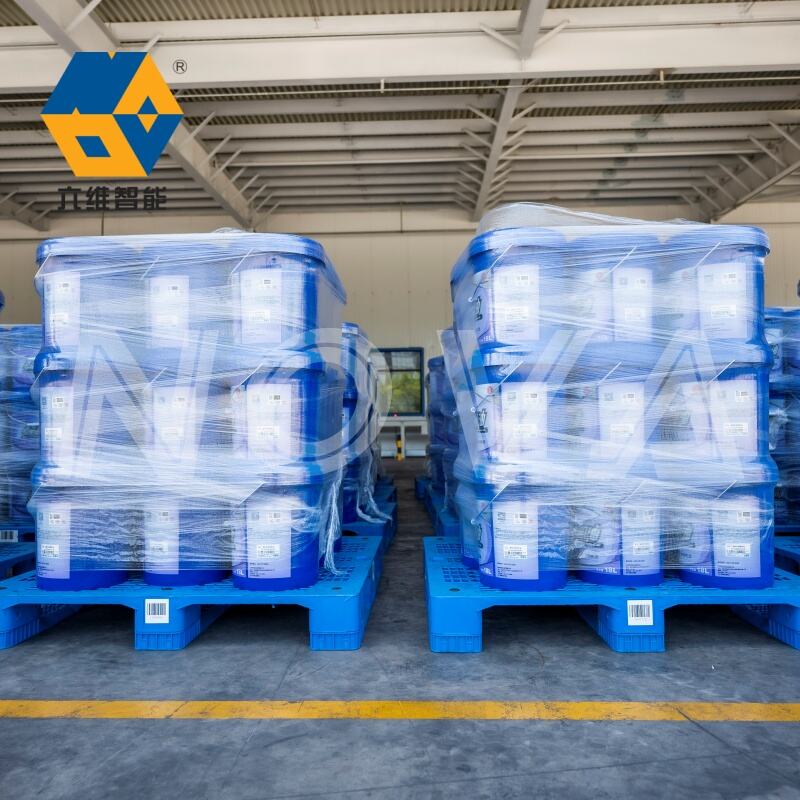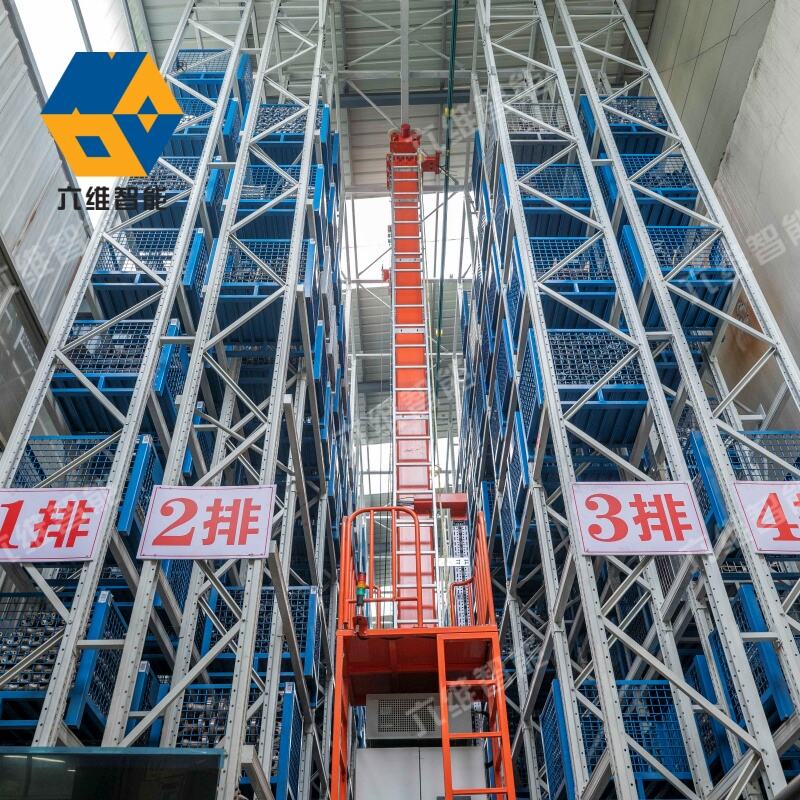pallet racking system
Pallet racking systems represent a cornerstone of modern warehouse management, offering a sophisticated and efficient solution for storing and organizing palletized goods. These systems consist of carefully engineered vertical frames and horizontal beams that create multiple levels of storage space, maximizing vertical warehouse space utilization. The system's design allows for easy access to stored items through various configurations, including selective, drive-in, push-back, and flow rack systems. Each configuration is tailored to specific operational needs, incorporating safety features such as load indicators, frame protectors, and wire mesh decking. Advanced pallet racking systems integrate with warehouse management software, enabling real-time inventory tracking and optimization. The systems accommodate different pallet sizes and weights, featuring adjustable beam levels that can be modified as storage needs change. Modern installations often include guide rails, anti-collapse systems, and specialized coating treatments to enhance durability and safety. These systems prove invaluable across various industries, from retail distribution centers to manufacturing facilities, supporting efficient inventory management and streamlined logistics operations.

